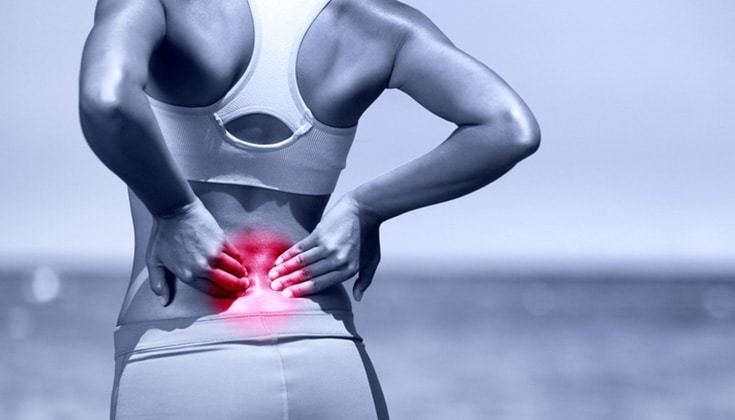Lyftogt Perineural Injection Treatment™ (also called Neurofascial Prolotherapy, as well as Neural Prolotherapy and Subcutaneous Prolotherapy) is a sometimes used side-by-side treatment with traditional dextrose based Prolotherapy. As these techniques work by different mechanisms they can diminish the pain of similar conditions, so they can be given together or separately. In Dextrose base Prolotherapy the ligament and tendon attachments are being treated, in Perineural Injection, the nerves are being treated.
Research into the healing effects of this type of Prolotherapy have primarily been done by a family physician from New Zealand named John Lyftogt, MD.1,2,3
On a physical examination, areas of chronic pain can be palpitated to find the “pain generator,” that is the exact spot of weakness and instability in the joint that is causing the pain.

